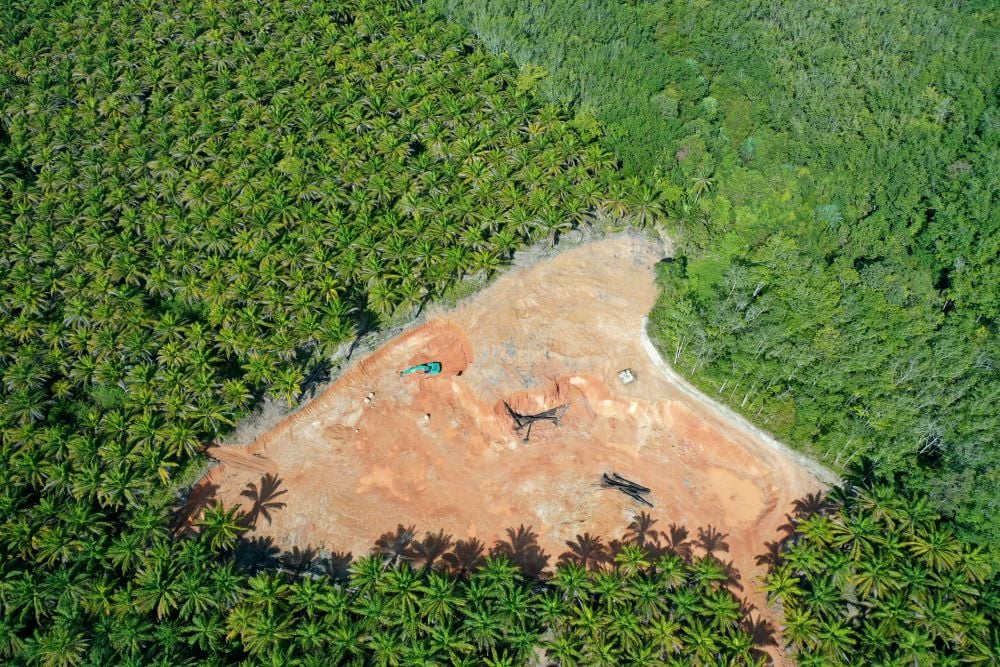Asia is poised for a surge in capital and investment diversification as the region resets following the Covid-19 pandemic and new investor playbooks reshape the future of capital. As a major regional asset management hub, Singapore can play a key role in ensuring that reset benefits economies and society for the longer term.
As investors seek new pockets of opportunities in new asset classes, they are also reassessing their responsibilities, forging new investing approaches and accelerating innovation centred on building more resilient, inclusive and sustainable economies.
This rethink in the balance between risk, return and sustainability in a volatile Covid world comes as wealth in Asia grows unabated. Assets under management (AUM) have grown at a 10% compound annual growth rate in Asia over the past five years, outpacing the 5% to 6% growth in Europe and North America. AUM in Singapore grew 16% to reach S$4.0 trillion in 2019 - and 69% of that AUM was invested into the Asia-Pacific region.
With regulatory changes such as the introduction of variable capital companies (VCCs), low tax rates and a stable and convertible currency, Singapore has also seen an increase in high-net-worth individuals, family offices and hedge funds. The Singapore government has noted that there are about 200 family offices in Singapore.
Buyside leaders and asset managers will gather virtually next month for a conference organised by the Investment Management Association of Singapore (IMAS) and Bloomberg to discuss these factors and how the future of capital can be redesigned for the better. They are likely to focus on three key catalysing factors: environmental, social and governance (ESG); new technology as an enabler; and the potential of China’s markets as they come of age.
Investing with purpose
The investment community is embracing investment trends addressing social, environmental and economic consequences, including climate change and sustainability, equality, community development and well-being.
Over the past year, assets in ESG-related exchanged-traded funds (ETFs) have more than doubled to US$80 billion globally while 81% of sustainable indices outperformed the benchmark during 2020, especially in the first market downturn in March, which underlines its important resilience properties.
The Monetary Association of Singapore noted that ESG considerations remained a driver for investors' and asset managers' as they continued to invest in sustainable funds. Despite the impact of Covid-19 on overall investment sentiment, Singapore's share of global ESG-managed assets, which stood at 27% in 2018, was maintained at 28% in 2020.
Meanwhile, initiatives such as the Singapore Green Plan 2030 identified S$19 billion (US$14 billion) worth of green bonds on select public infrastructure projects – illustrating how regionally, countries such as Singapore are prime locations to catalyze the flow of capital towards sustainable development.
An evolution of technology to support better impacts from capital flows
Innovation in technology, data capture and analytics have made it easier to assess the impact and superior returns that can be gained by investing in sectors and assets that will deliver positive impacts.
Artificial intelligence (AI) and the insights it can provide are supporting conversations about sustainable investments as financial institutions integrate natural capital into accounting systems, with the goal to build more resilient portfolios.
The use of data, machine learning and AI in asset allocation is evolving fast and as customers around the world get more comfortable dealing with technology interfaces, the buyside is investing significantly in customer-centric technology.
A robust digital approach and simplifying access to powerful tools for investors has become a must in a world with far more accessible information. IMAS’ Digital Accelerator Programme is the first association-led buyside programme in Asia, which helps fund managers discover new ways to solve problems with innovative digital solutions.
The China opportunity
The relentless need to find superior alpha has also seen the China capital market become a bright spot.
According to the Bloomberg Women’s Buyside Network recent outlook whitepaper, as more products from asset managers are built out over time and the Chinese market continues its rapid and deliberate opening to foreign investors, we will likely see a more structural capital allocation to the country.
As a case in point, foreign holdings of Chinese bonds hit another new record in October 2020, pushing the total amount of bonds held by foreigners above 3 trillion yuan for the first time as China’s economy started to normalize after Covid-19, while other markets continued to grapple with the pandemic’s impacts.
China is also well-positioned to have the fastest growth in Asia for ESG investments and its push for renewable energy and electric vehicles will spark yet more fund flows into ESG-related ETFs, contributing to a 20% growth in assets across Asia in 2021.
Global capital markets are undoubtedly at an inflection point. Moves made now by countries such as Singapore to catalyze investor trends to a better and more impactful allocation of capital can ensure the pivot that is underway is long-lasting and ultimately good for Asia and its people.
Steven Yankelson is head of ASEAN at Bloomberg.








